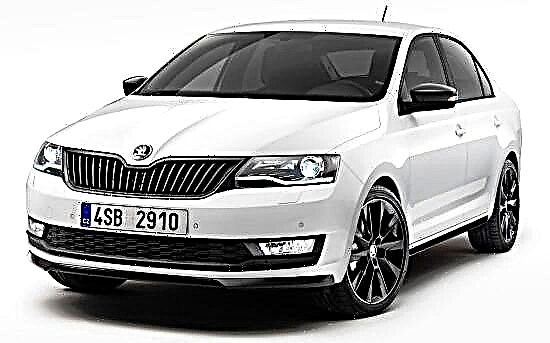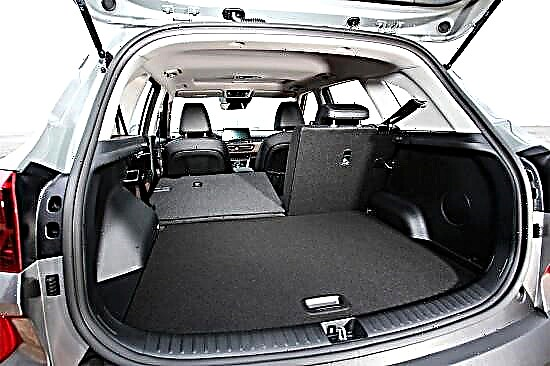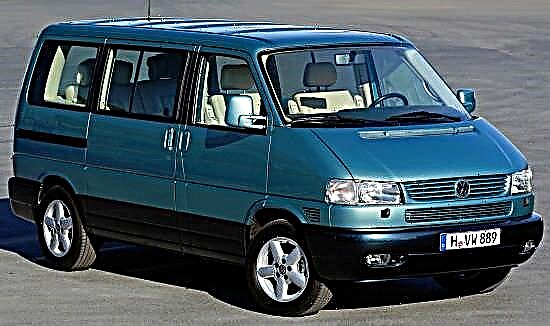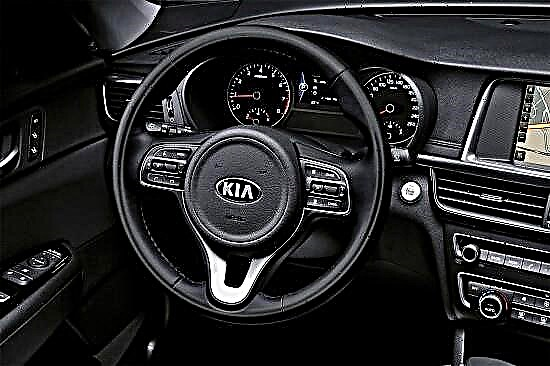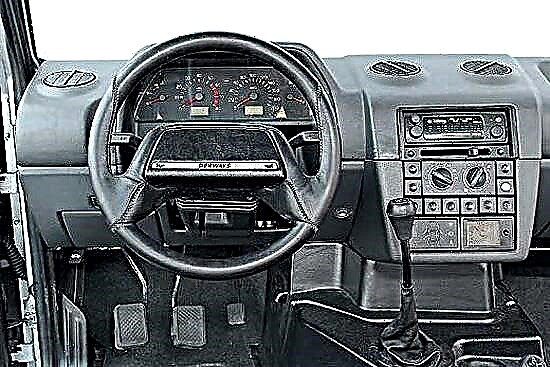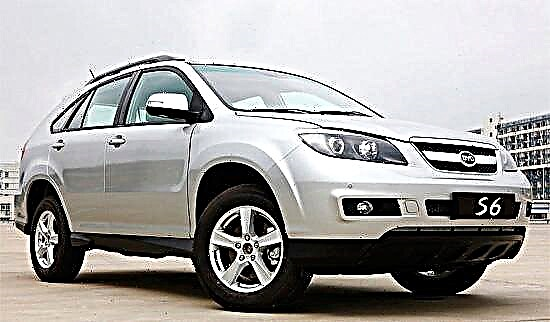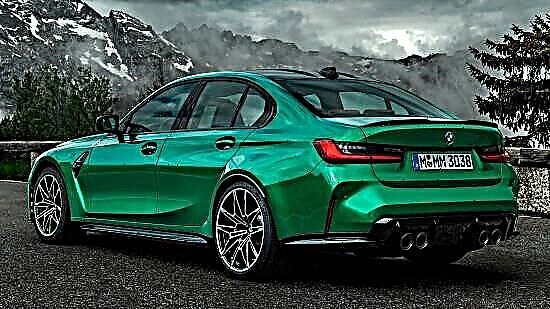Ratings of cars and auto products
Reviews, comparisons & tips for motorists
Many motorists sometimes refuel completely mechanically. They drive up to the gas station, ask the operator to fill the tank with a certain amount of gasoline of one brand or another.
Moreover, not everyone will remember why they decided to refuel with such fuel, and not with another. Some make choices on the instinctual level. Others, having changed the car, do not change the habit of filling the fuel that was suitable for the old car. There are also those who just listened to friends or read some information in magazines or on thematic forums.
But a lot depends on the correct choice of gasoline. Therefore, this issue should be studied in more detail and decide what is still better between 92 and 95 brands of fuel.
Some general information
Almost every motorist and just a car enthusiast knows that to obtain fuel, the process of processing and distillation of petroleum products is carried out. But at the same time, not everyone fully understands what the markings 92 and 95 mean when it comes to gasoline.
Based on the current GOST, gasoline is divided into 4 general categories:
- Category Normal. This includes AI-80 fuel.
- Regular. This is a more highly efficient AI-92 fuel.
- The premium category is understood as the AI-95 brand.
- The highest is considered to be Super gasoline, corresponding to the AI-98 brand.
Moreover, many are sure that the brand number is a reflection of the octane number of the working fluid. That is, about 95th gasoline has an octane number of 95, and the eightieth has exactly 80 octane.
And the higher the octane number, the higher the quality of the fuel is. Hence the higher stability of the mixture, which directly affects the detonation in the engine. That is, with a higher octane number, the likelihood of an explosion decreases.
In theory, this is how it looks. But in practice, a higher octane number is not objectively the best solution for a particular vehicle. And it is impossible to pour 98 gasoline into all cars in a row, since a lot depends on the engine itself and its fuel system.
It is not for nothing that automakers almost always write in the instructions and operating manual for a specific brand of fuel, for which the engine of a particular vehicle model is adapted.
Octane numbers do not always correspond to the brand of fuel. Buying even an AI-80, you should not expect that there will be exactly 80 units. The value is often lower.
To better understand the essence of each brand of gasoline, you need to study their key features, as well as understand the existing distinctive characteristics.
What is the difference
The first step is to grasp the difference between 92 and 95 gasoline for cars, in order to get closer to answering the question of which of them to give preference when visiting a gas station.
In fact, the average consumer is not very interested in physical and chemical aspects such as calorific value, actual density or burning rate for gasoline grades 92 and 95. Although there is some difference in these parameters, it is not as significant as it might seem. Therefore, gasoline grades 92 and 95 are equally actively used by motorists.
When comparing gasoline 92 and 95 for the consumer, it will be much more attractive to have such values as octane number and fuel consumption. Here you can find a definite difference between the types of gasoline 92 and 95.
The octane number is already known. In theory, it is higher in 95 gasoline, since it is produced in accordance with more stringent requirements and standards, intended for cars with modern fuel systems. But 92 gasoline has a slightly lower octane number. Moreover, the difference is literally a few units, which cannot be considered a significant value.
Some motorists say that there is a gap between these types of fuel and in no case should 95 be poured when the manufacturer recommends 92, or vice versa.
But a visual comparison of the same quality 95 and 92 motor gasoline shows that they are close to each other and there are no catastrophic differences in technical and physicochemical characteristics. This helps to dispel the myth that when filling 95 instead of the second valve, they burn out instantly. In fact, nothing like this will happen and you should not be afraid.
There is another common myth associated with the fact that the regular use of 95 fuel forces motorists to change their spark plugs more often. It's not about the brand, but about the quality of a specific fuel. If you visit questionable gas stations, then the candles will really fail much faster. Exactly the same will happen if you buy 92 gasoline there.
An important factor is which gasoline is still more economical when comparing 95 and 92. Based on good quality fuel, a certain advantage will be on the side of the first option, that is, a higher octane one. But it is also impossible to say that it is much more economical than 92. Much depends on the specific fuel system and its adaptation to work on a particular type of fuel.
Numerous experiments have proved that the consumption of 92 is literally a small fraction higher than that of 95. At the same time, the second type of gasoline is always more expensive. And if your car is adapted to work on less high-octane fuel, the savings due to refueling 95 gasoline will not justify themselves.
But what else distinguishes the AI-92 gasoline brands from the AI-95 is the cost. At all gas stations, without exception, the fifth will traditionally cost more than the second. Moreover, this is a weighty argument for an ordinary consumer to switch to 92. For some reason, some are sure that periodic filling of higher-octane fuel, despite the recommendations of the automaker to fill in only 92, has a good preventive effect on the fuel system. But this is a common misconception that has nothing to do with reality.
AI-92 characteristics
Basically, 92 gasoline is focused on carburetor power units based on the principle of internal combustion. These motors are characterized by the fact that they operate under conditions of increased compression ratio.
This grade of fuel helps to provide good protection against detonation and also helps the mechanism run more smoothly and stably.
In fact, this is a fuel obtained by the method of direct distillation of petroleum products, to which anti-knock additives are added. It is impossible to obtain an octane number higher than 93 units by pure distillation, even on the most modern equipment. Anything that has a higher number is the result of the work of the appropriate additives and chemical additives.
Currently, all EU countries, as well as many countries in the world, have abandoned 92 brands. Such fuel is not produced because it is not suitable for vehicles with modern and modernized ignition systems. But in Russia, Ukraine and the CIS countries, this is a very common and demanded fuel.
In addition to carburetor engines, the 92 does a good job of powering relatively old injection engines. There are rare exceptions when it is recommended to fill in exactly 92 brands for new cars.
92 gasoline is divided into unleaded and leaded. The main difference between the two is the amount of lead contained in the composition.
Nuances of AI-95
In terms of quality, 95 is slightly, but surpasses its competitor and also contains additives that have an anti-knock effect.
Another fifth is divided into regular and extra.In the second case, such a component as lead is excluded from the composition. Despite its absence, the quality only increases from this, and the cost of the improved fuel also increases. In fact, this is the main difference.
At 95, various additional substances are added. In some industries, gasoline is widely used. The producers of extra 95 themselves declare that when refueling with such fuel, the fuel system is better cleaned, and the power of the power plant also increases. Believe these statements or not, it is up to everyone personally. But in practice, the extra behaves better than the regular 95.
Grade 95 is the most widespread and demanded in Europe, which is due to its compliance with all current requirements and high quality standards. In Russia and the CIS countries, it is mainly poured into foreign cars.
It is safe to say that knock resistance is characteristic of two grades of fuel, since this indicator is one of the key ones in relation to gasoline. Detonation resistance is more likely to act as a unifying factor, and not as a difference between brands.
If the fuel is characterized by excellent knock resistance, this means the inclusion in its composition of olefins, cycloparaffins, isoparaffinic hydrocarbons, as well as benzene homologues. Although for the average motorist, all these complex names of chemicals do not provide absolutely any useful information.
What fuel to give preference
And now the main question regarding which gasoline is still better for a car: 92 or 95.
The first rule for every car owner is to choose exceptionally high-quality, proven and reliable gas stations. Do not pursue imaginary savings by trying to buy cheaper fuel at a dubious gas station. This will only lead to additional problems.
Most often, even at good gas stations, additional additives are used in the fuel composition. And they come from the factory. But it's one thing when these are patented, standardized and compliant with GOST additives, and quite another when it is dubious auto chemistry or banal acetone in huge quantities. Yes, chemical analysis will show a high octane number, but such diluted gasoline can provoke serious problems with the power plant.
The question of which brand of gasoline is better and preferable to fill when the choice is between 92 and 95 seems to be eternal. It will remain relevant until the production and sale of lower-octane fuel is canceled.
Some are convinced that the advantage is on the side of the 92, since it uses fewer additives and the fuel is cleaner in the end. But if you fill in the fifth, then carbon deposits will surely appear, the candles will turn red and other signs of wear of the fuel system will appear. But this is an erroneous opinion and a serious delusion.
It is unlikely that anyone will be able to surprise that, in fact, the current 92 is an improved version of 80 gasoline, to which a package of active octane-enhancing additives was simply added. Even if not always, but in most cases. This has been proven by examinations carried out at a variety of gas stations throughout the country.
The bottom line is that the octane number declared by the refueling practically never corresponds to the real values. But it is as close as possible to the standards at good gas stations, where fuel is supplied from leading manufacturers.
It is not difficult to answer to yourself the question about which gasoline is preferable and better to pour into the tank of your vehicle, if the choice is 92 and 95 brands. Look for the answer in the operating manual, in the technical documentation, or simply on the inside of the gas filler flap. It is there that the automaker indicates for which fuel a particular car with an engine installed on it is better adapted.
Follow the simplest logic possible, which is as follows:
- If the automaker indicated that only 95 needs to be filled, and there are no other recommendations, then only 95 brands of gas should enter the tank. This will minimize any negative consequences.
- If the instructions say that the car is adapted for 92, without additional mentions of 95 brands, then there is no point in spending more money and filling in the fifth. This car performs better at 92.
- There are cars that allow the use of two grades of fuel. Then the decision is up to the motorist himself.
In the latter case, it becomes interesting which fuel is still better and preferable to fill, 92 or 95, if the automaker gives the right to choose.
Typically, filling the fifth provides some advantages in terms of fuel consumption, improved dynamics, acceleration characteristics and wear of the fuel system elements. But if you stay on the more budgetary 92, nothing bad will happen. Again, we repeat, this statement applies to high-quality fuel and cars, adapted to work on two brands of gasoline.
If you are interested in which brand of gasoline is more profitable to fill, then here you can put a certain equal sign between 92 and 95. You need less money to buy 92, and this is a fact. But the 95 fill contributes to some improvement in the economy and overall condition of the engine. Therefore, maintenance costs are reduced, the interval between repairs is increased, etc. As a result, this is what it does. If you are interested in preserving the components and extending the life of the motor, take a quality 95.
Interchangeability 92 and 95
Another extremely interesting question that worries millions of motorists. Everyone is interested to know what the effect will be if one brand of fuel is replaced with another.
As you already know, if the automaker is allowed to use both brands of gasoline, changing the fuel will definitely not lead to anything terrible. 95 will give some advantages, but everything is relative.
It is much more interesting to look at the behavior of cars and engines, in particular, if you violate the recommendations of the automaker.
In theory, when the car is adapted to 92, it is not worth using a higher octane fuel. But in practice, you will not cause severe damage to the engine. An exception may be situations when the difference between the octane number is higher than 2-3 units. Therefore, pouring 92 instead of 80 is much more dangerous due to the risk of burnout of the exhaust valves.
Numerous tests have shown that 95 fuel in a car under 92 gasoline does nothing bad. It is often even possible to obtain some benefits in the form of increased dynamics and reduced fuel consumption. But all this will be true only in a situation when really high-quality fuel is poured, and not a liquid diluted with a huge amount of additives.
In a completely different way, you should take the filling 92 instead of 95. If the machine is to operate on a higher octane fuel, then it is undesirable to fill it with fuel with a low number. Otherwise, you can provoke unpleasant consequences. Namely:
- detonation of the motor;
- increased fuel consumption;
- drop in acceleration dynamics;
- jerks;
- rupture of the engine.
If the transition from low-octane to high-octane is still allowed, then on the contrary, it is categorically not recommended to do it. Otherwise, the resource of the engine will be reduced, and you yourself will bring closer the moment when the engine will need major repairs.
We can say that the 92nd brand is outdated, but still relevant in some countries, a fuel that shows itself well in relation to carburetor engines and old injection engines.
The 95th grade of gasoline acts as a more modern and high quality product intended for new cars with modernized fuel systems.
The automaker itself answered the question of which fuel to give preference to, even at the development stage. And there is no reason not to trust him.Therefore, the main requirement for the car owner is the choice in favor of high-quality and proven gas stations, where they sell fuel as close as possible to state standards. It is he who needs to be poured into your gas tank.


